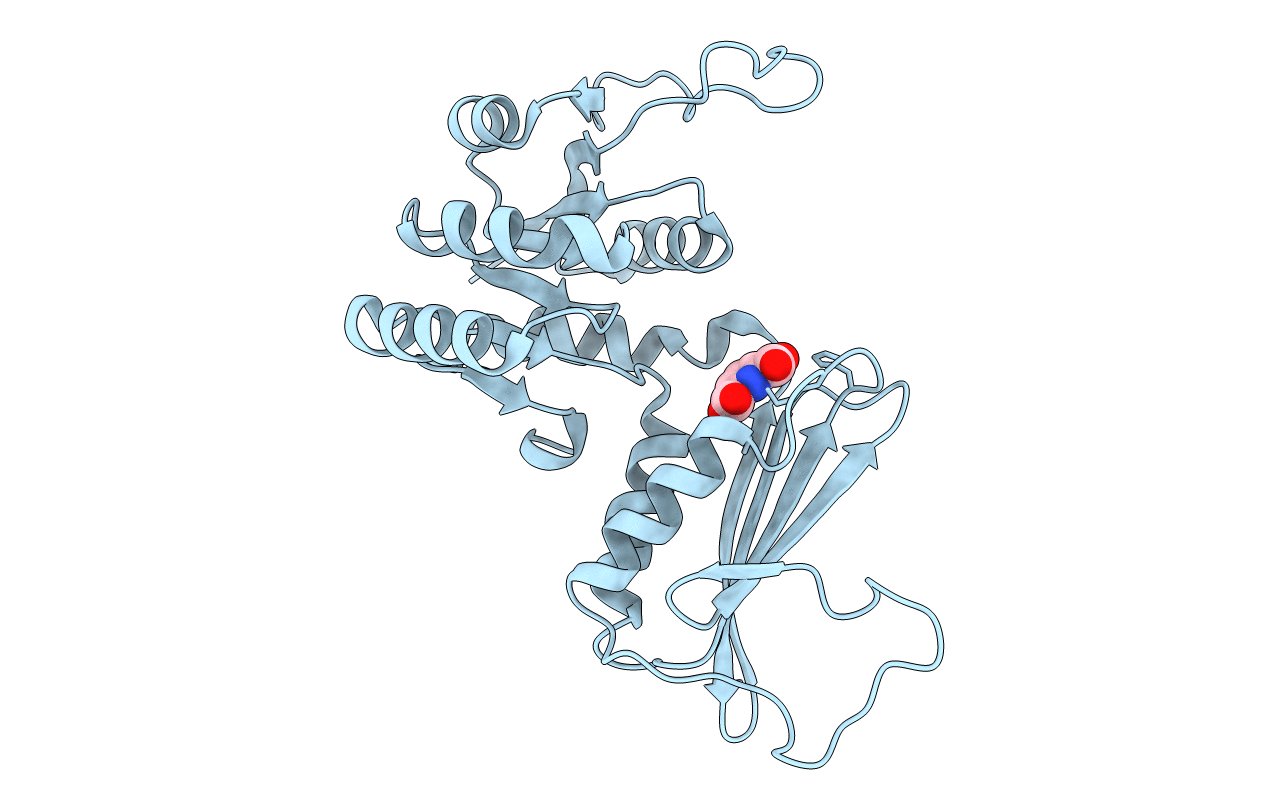
Deposition Date
2018-01-02
Release Date
2018-06-27
Last Version Date
2024-03-27
Entry Detail
PDB ID:
5Z2E
Keywords:
Title:
Dipicolinate bound Dihydrodipicolinate reductase from Paenisporosarcina sp. TG-14
Biological Source:
Source Organism:
Paenisporosarcina sp. TG-14 (Taxon ID: 1231057)
Host Organism:
Method Details:
Experimental Method:
Resolution:
1.80 Å
R-Value Free:
0.19
R-Value Work:
0.15
R-Value Observed:
0.16
Space Group:
P 64 2 2


